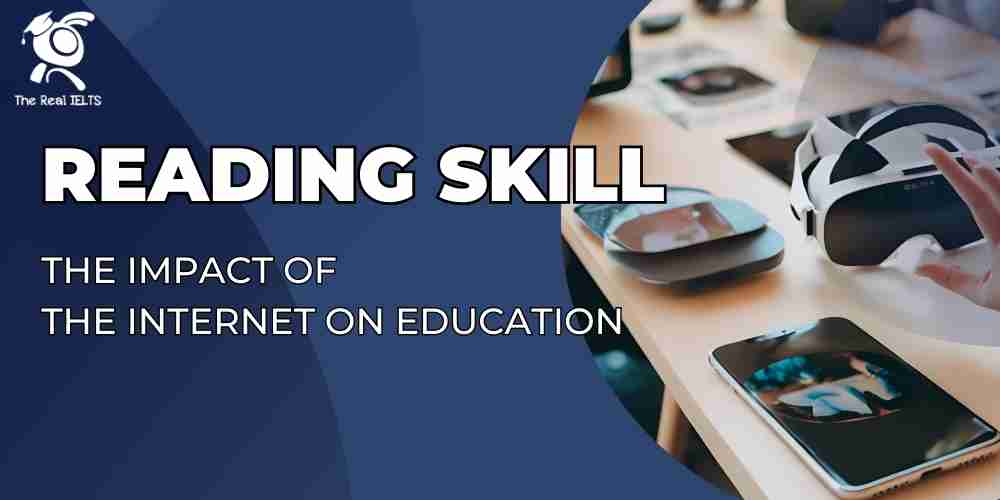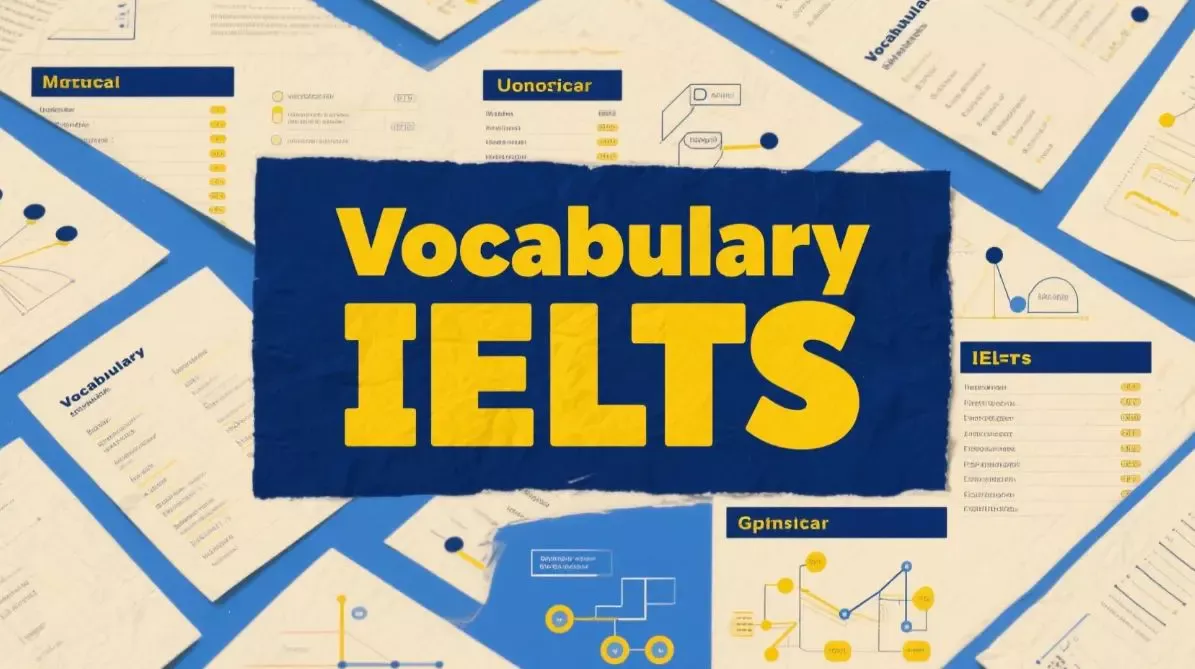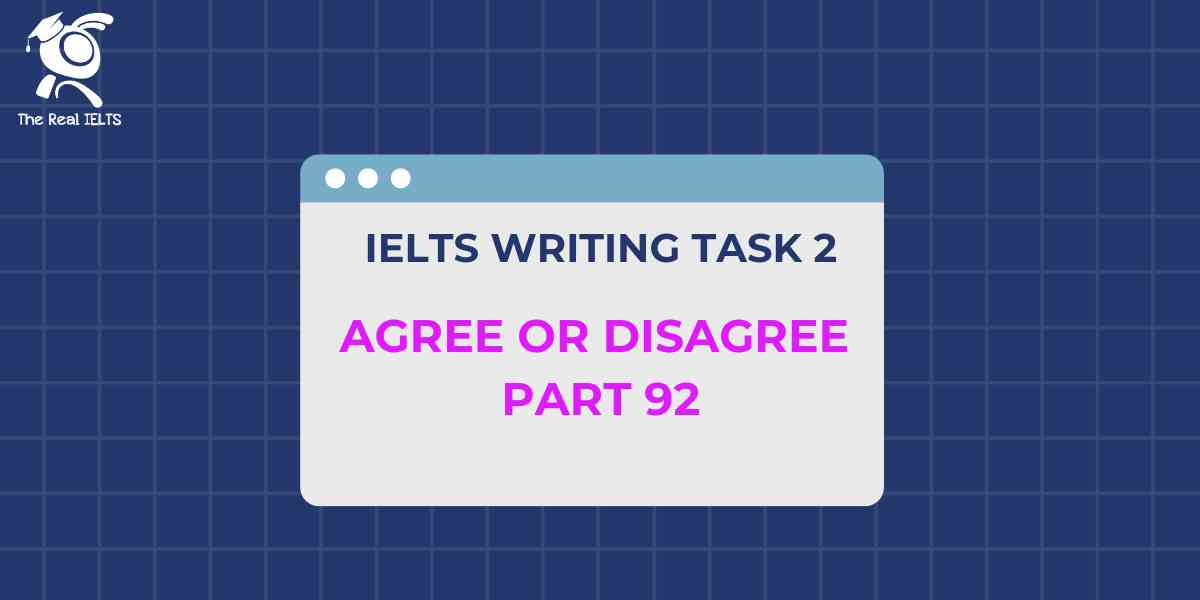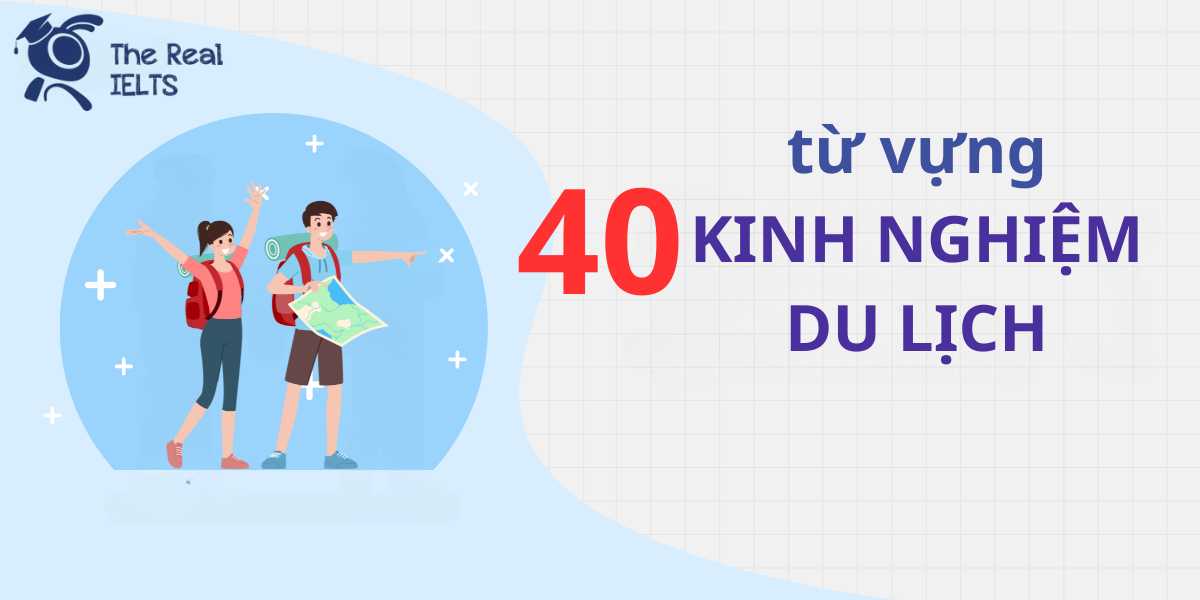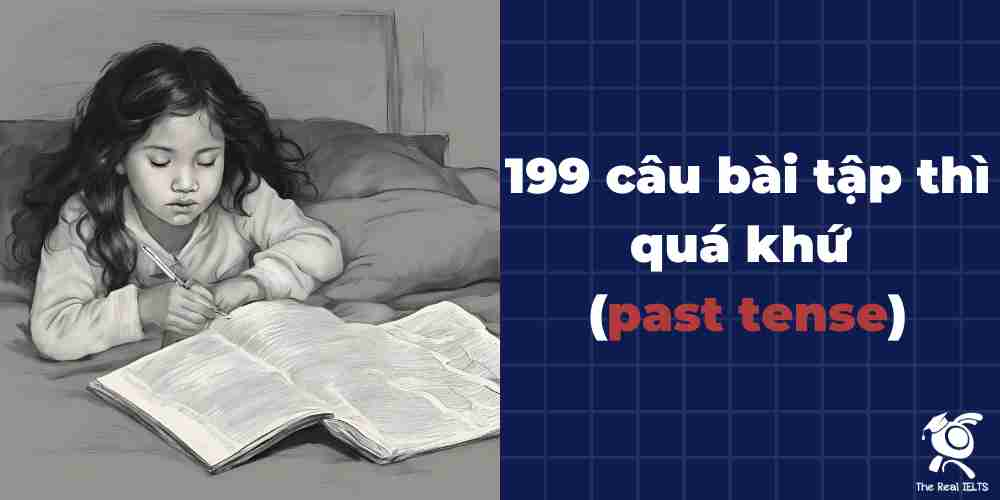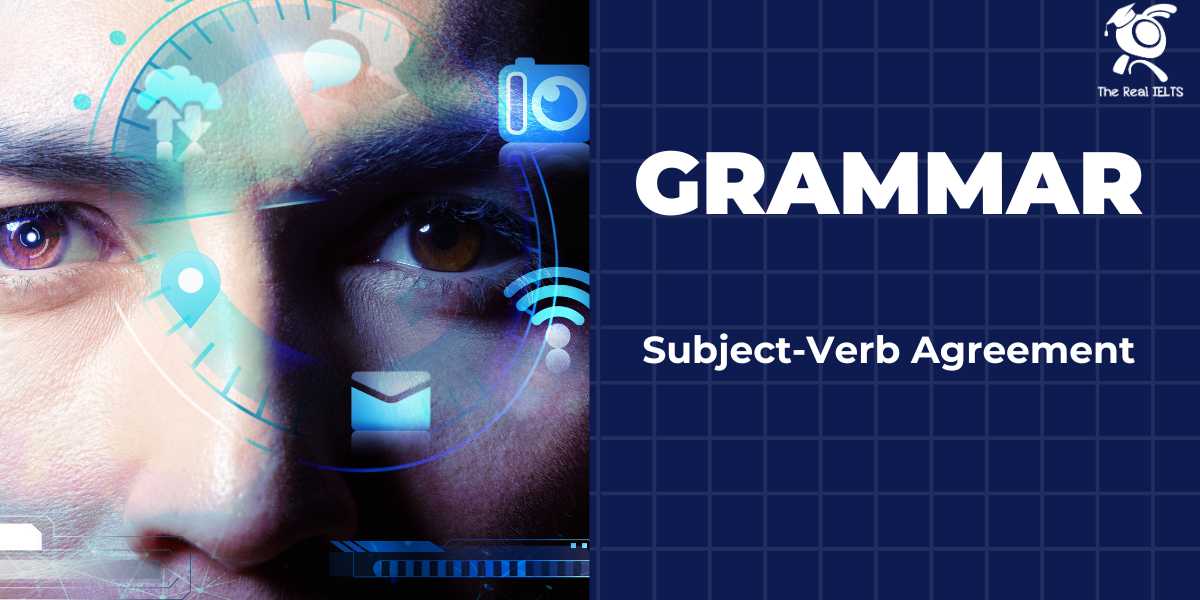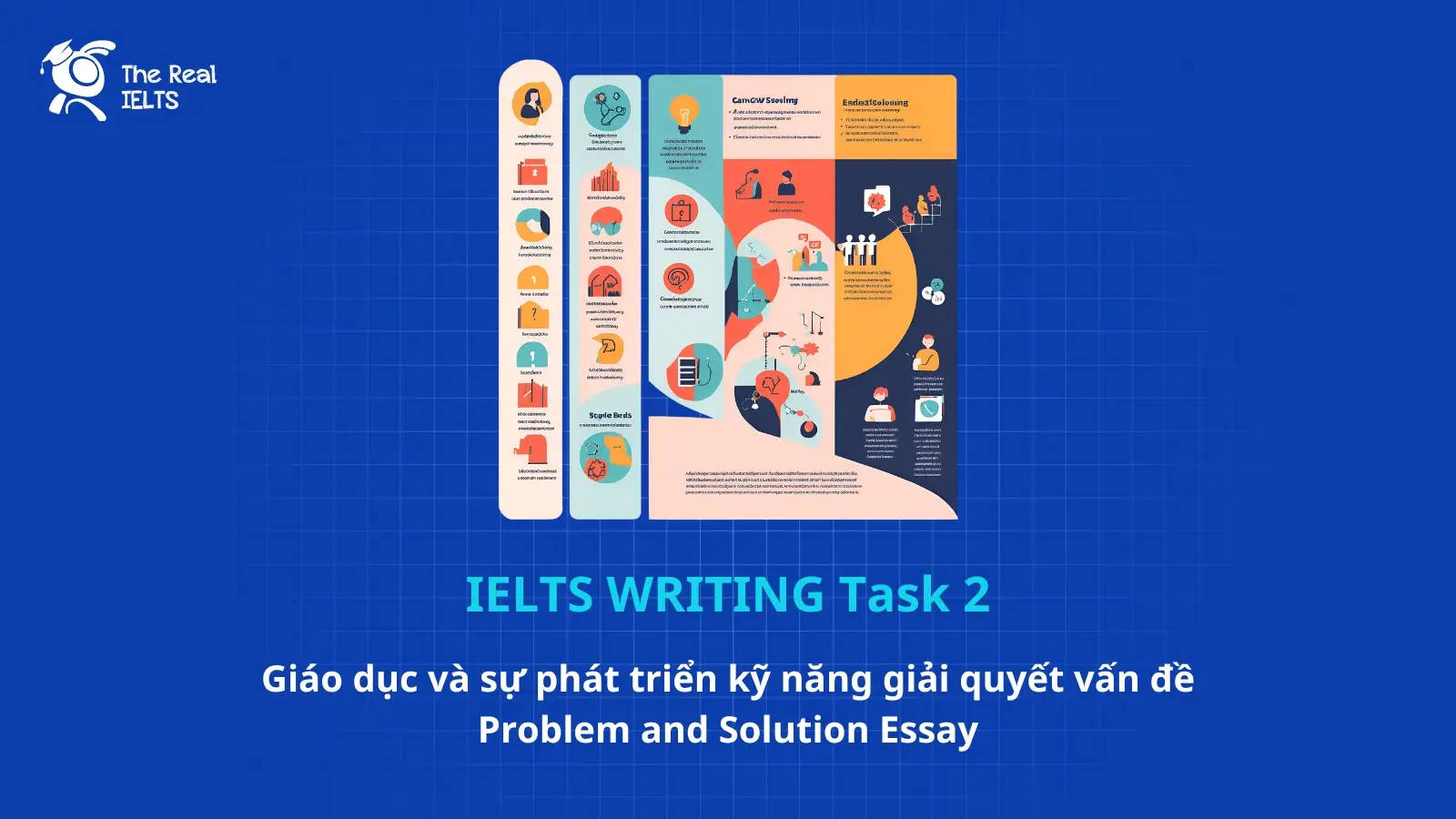IELTS Reading 37: The impact of the internet on education là chủ đề thuộc chuỗi bài luyện tập 11 dạng bài IELTS Reading và các bài tập luyện tập.
Học lại bài cũ: IELTS Reading 36: Modern teaching methods.
IELTS Reading: The impact of the internet on education
In recent years, the internet has profoundly influenced the educational landscape worldwide. The accessibility of information and resources has expanded, providing students and educators with a vast array of tools and knowledge. The shift has not only affected how people learn but has also led to the development of new teaching methodologies and learning environments.
Firstly, the internet has democratized access to knowledge. Before the internet era, students and educators primarily relied on textbooks and libraries for information. However, with the rise of the digital age, nearly any topic can be researched online. Websites, digital libraries, and open-source platforms offer free access to millions of academic papers, articles, and journals. This unprecedented access has particularly benefited students in remote or underprivileged areas, allowing them to learn from the same resources as those in urban centers.
Moreover, the internet has enabled personalized learning, where students can progress at their own pace. Online platforms such as Khan Academy, Coursera, and EdX provide courses in various subjects, allowing students to choose learning materials that suit their level and interests. This flexibility is especially valuable for adult learners who wish to balance education with work or family responsibilities.
In addition to personalized learning, the internet has facilitated collaborative learning across borders. Through video conferencing tools like Zoom and collaborative platforms such as Google Classroom, students and teachers can interact in real time from different parts of the world. This has not only enriched the learning experience by providing a diverse array of perspectives but has also fostered cultural understanding and cooperation.
Despite its benefits, however, the internet also poses challenges to the education system. One significant issue is the digital divide—the gap between individuals who have access to the internet and those who do not. While internet-based education is widely accessible in developed nations, students in developing or rural areas often lack reliable internet access or the necessary devices, making it difficult for them to benefit fully from online resources.
Furthermore, the overwhelming amount of information available online can lead to issues with information overload. Students might struggle to distinguish credible sources from unreliable ones, resulting in potential misinformation. This has necessitated a greater emphasis on digital literacy in educational curricula, teaching students to evaluate sources critically and responsibly.
Finally, the internet has transformed the role of teachers. In the digital age, educators are no longer just providers of information; they are facilitators of learning, guiding students in navigating vast resources and helping them apply knowledge in real-world contexts. While this shift has broadened the educational process, it also demands that teachers continually update their digital skills to remain effective in their roles.
In conclusion, the internet has revolutionized education by making knowledge more accessible, fostering personalized and collaborative learning, and reshaping the roles of educators. Yet, challenges like the digital divide and the need for digital literacy remain significant hurdles. As technology continues to evolve, it is essential for educational systems to adapt, ensuring that all students can benefit from the opportunities the internet provides.
Questions
1. Multiple Choice
Q1. According to the passage, how has the internet primarily benefited education?
- A. By replacing the need for traditional textbooks
- B. By providing free access to countless resources
- C. By making libraries obsolete
- D. By increasing the workload for students
2. True/False/Not Given
Q2. The internet has made it possible for students in rural areas to access the same resources as those in urban areas.
Q3. All online educational platforms require payment.
Q4. Teachers now need to continually update their skills to remain effective.
3. Yes/No/Not Given
Q5. The passage suggests that without digital literacy, students are more likely to encounter misinformation.
Q6. It is the responsibility of students to ensure they have reliable internet access.
Q7. Online education has reduced cultural differences among students globally.
4. Matching Information
Match each piece of information with the paragraph it is found in.
Q8. The role of teachers in the internet era has shifted.
Q9. Students can progress at their own speed with online learning platforms.
Q10. The internet has helped students from disadvantaged areas.
5. Matching Headings
Choose the correct heading for each paragraph.
Q11. Paragraph 1
- i. Challenges of Online Education
- ii. Evolution of Learning Environments
- iii. Limited Access to Resources
Q12. Paragraph 3
- i. The Role of Digital Literacy
- ii. International Cooperation through Education
- iii. Internet Access in Urban Areas
6. Matching Sentence Endings
Complete each sentence by matching it with the correct ending.
Q13. The internet has allowed students to …
- A. avoid traditional methods of learning.
- B. interact with peers from around the world.
- C. rely solely on teachers for guidance.
Q14. The role of teachers has changed because …
- A. students now rely on them less for knowledge.
- B. they are expected to provide more information than before.
- C. they must help students use resources effectively.
7. Sentence Completion
Complete each sentence with a suitable word or phrase from the passage.
Q15. Online education has made _________ possible, allowing students to work at their own pace.
Q16. Many students in rural areas face challenges due to the lack of _________.
8. Summary Completion
Complete the summary with words from the passage.
The internet has changed education by increasing access to information, enabling (Q17) _________ learning, and encouraging (Q18) _________ interaction. However, challenges such as the (Q19) _________ remain, affecting students without access to necessary technology.
9. Diagram Label Completion
Label the diagram based on information in the passage.
Diagram Title: Benefits and Challenges of Internet-Based Education
- Benefit 1: (Q20) _________
- Benefit 2: (Q21) _________
- Challenge 1: (Q22) _________
10. Short Answer Questions
Answer the following questions with no more than three words.
Q23. Which platforms allow personalized online learning?
Q24. What type of skills do teachers need to improve in the internet age?
11. Table Completion
Complete the table using words from the passage.
| Aspect | Description |
|---|---|
| Accessibility | Provides free access to (Q25) ________ |
| Challenges | Limited by the (Q26) ________ |
| Teacher’s Role | Acts as a (Q27) ________ in guiding students |
Đáp án
1. Multiple Choice
Q1. B. By providing free access to countless resources
2. True/False/Not Given
Q2. True
Q3. False
Q4. True
3. Yes/No/Not Given
Q5. Yes
Q6. Not Given
Q7. Not Given
4. Matching Information
Q8. Paragraph 6
Q9. Paragraph 3
Q10. Paragraph 2
5. Matching Headings
Q11. ii. Evolution of Learning Environments
Q12. ii. International Cooperation through Education
6. Matching Sentence Endings
Q13. B. interact with peers from around the world
Q14. C. they must help students use resources effectively
7. Sentence Completion
Q15. personalized learning
Q16. reliable internet access
8. Summary Completion
Q17. personalized
Q18. international
Q19. digital divide
9. Diagram Label Completion
Q20. Access to knowledge
Q21. Personalized learning
Q22. Digital divide
10. Short Answer Questions
Q23. Khan Academy, Coursera, and EdX
Q24. digital skills
11. Table Completion
| Aspect | Description |
|---|---|
| Accessibility | Provides free access to (Q25) academic papers |
| Challenges | Limited by the (Q26) digital divide |
| Teacher’s Role | Acts as a (Q27) facilitator in guiding students |


